Let’s get one thing straight: musical biopics aren’t just about impersonation anymore. We’re in the era of transformation, and these aren’t tribute acts with a fat budget. They are full blown cinematic resurrections. Whether it’s a gangly 1960s rebel with a guitar or a moonwalking megastar drowning in the spotlight, 2025’s slate of biopics doesn’t just want to tell their stories but possess them.
Here’s a peek at five biopics that are already raising eyebrows, breaking timelines, and making headlines, all before the popcorn even pops.
1. Timothée Chalamet is Bob Dylan in A Complete Unknown
The cheekbones have spoken. Timothée Chalamet is slipping into the scuffed boots of Bob Dylan for A Complete Unknown, and early behind the scenes shots look like a mood board straight out of a dusty vinyl sleeve. The film, directed by James Mangold, known for Ford v Ferrari and Walk the Line, dives into Dylan’s early New York days, maintaining all the coffee stained ambition and lyrical grit.
Elle Fanning plays the girl beside the guy with the guitar, and the two were recently spotted filming in New Jersey, looking like a Rolling Stone cover waiting to happen. Bonus points to Chalamet for going full method! He’s been seen replicating Dylan’s exact 2003 red carpet look. That's dedication, or at least, a very bold Pinterest board, right?
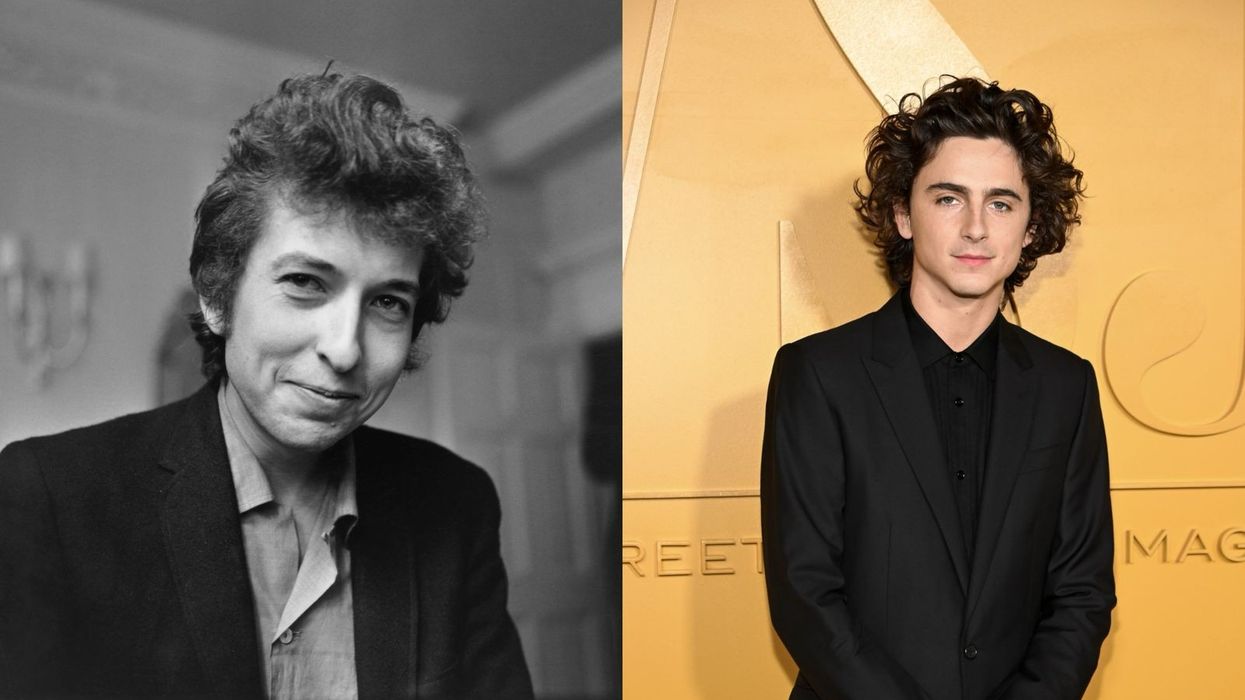
2. Jaafar Jackson brings the glove back in Michael
You thought the moonwalk was gone? Think again. Michael Jackson’s nephew, Jaafar Jackson, has slipped into his uncle’s shoes, white socks and all, for Michael, a long awaited biopic that’s now dancing its way to an October 2025 release.
Directed by Antoine Fuqua, known for Training Day and Emancipation, and written by John Logan, known for Skyfall and Gladiator, this one’s stacked with a heavyweight cast including Colman Domingo, Nia Long, and Miles Teller, to name just a few. If the Jackson family seal of approval means anything, this might be more than just a glittery highlight reel, instead it could be the most ambitious pop resurrection in years.
Jaafar Jackson steps into the King of Pop’s iconic loafers in ‘Michael’: A powerful tribute that blends legacy with familyGetty Images
3. Julia Garner steps into a corset and cone in the untitled Madonna biopic
Yes, it’s back. Again. After being cancelled, uncancelled, rewritten, and whispered about in every Hollywood back alley, the Madonna biopic has finally found its queen: Julia Garner. Best known for Ozark, Garner outlasted a Hunger Games style audition marathon that included Florence Pugh and Alexa Demie.
Word is, Madonna herself cowrote the script before handing the pen to Secretary writer Erin Cressida Wilson. And she’s not just playing muse but reportedly directing too. Expect no sugarcoating. This is the Material Girl telling her own story, her way, with the working title possibly Who’s That Girl. This film could be a total reinvention or a beautiful mess. Either way, we’ll be watching.
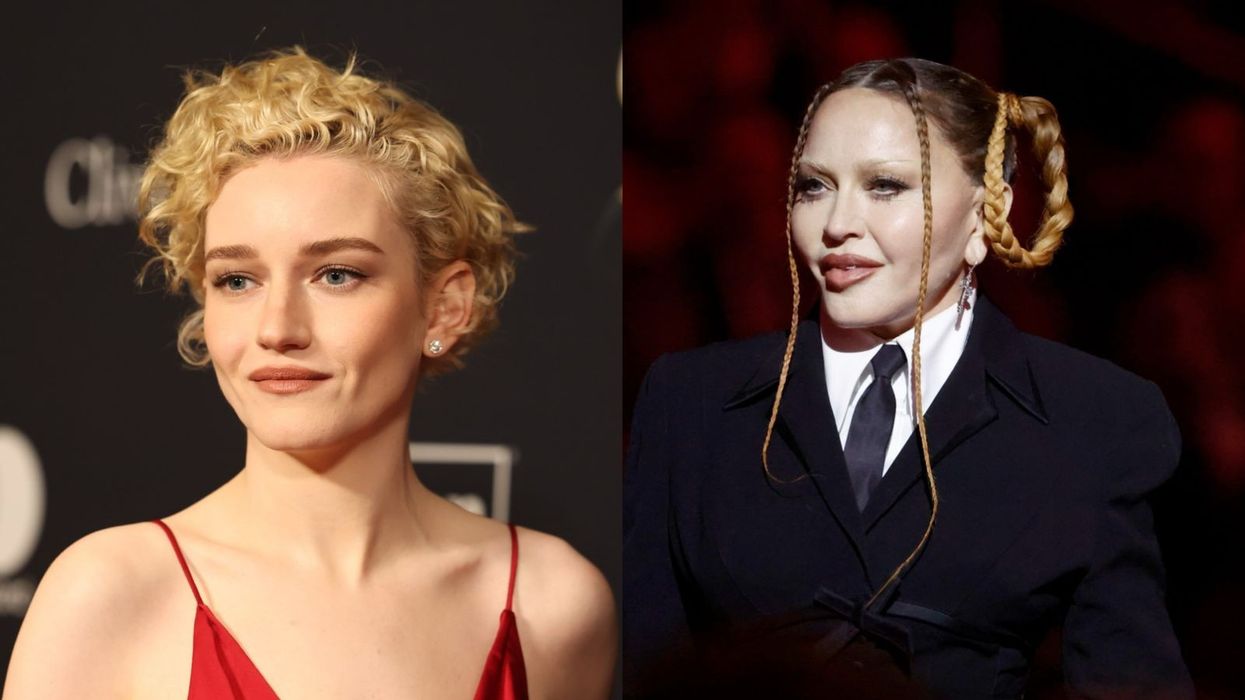
4. Selena Gomez channels Linda Ronstadt in a biopic still simmering
It’s the slow burner of the list, but don’t sleep on this one. Selena Gomez is still locked in to play Linda Ronstadt, the legendary voice behind “Blue Bayou” and “You’re No Good.” And she’s not phoning it in, Selena has reportedly read Ronstadt’s memoirs cover to cover, more than once.
Despite fan excitement, the film has hit a few bumps including online backlash over the choice of director David O. Russell, known for his, um, temperamental rep on set. But the production team behind the acclaimed Linda Ronstadt doc (Finding My Voice) is onboard, and Gomez is visibly passionate. The film may still be in preproduction limbo, but if and when it lands, expect something raw, real, and full of range.
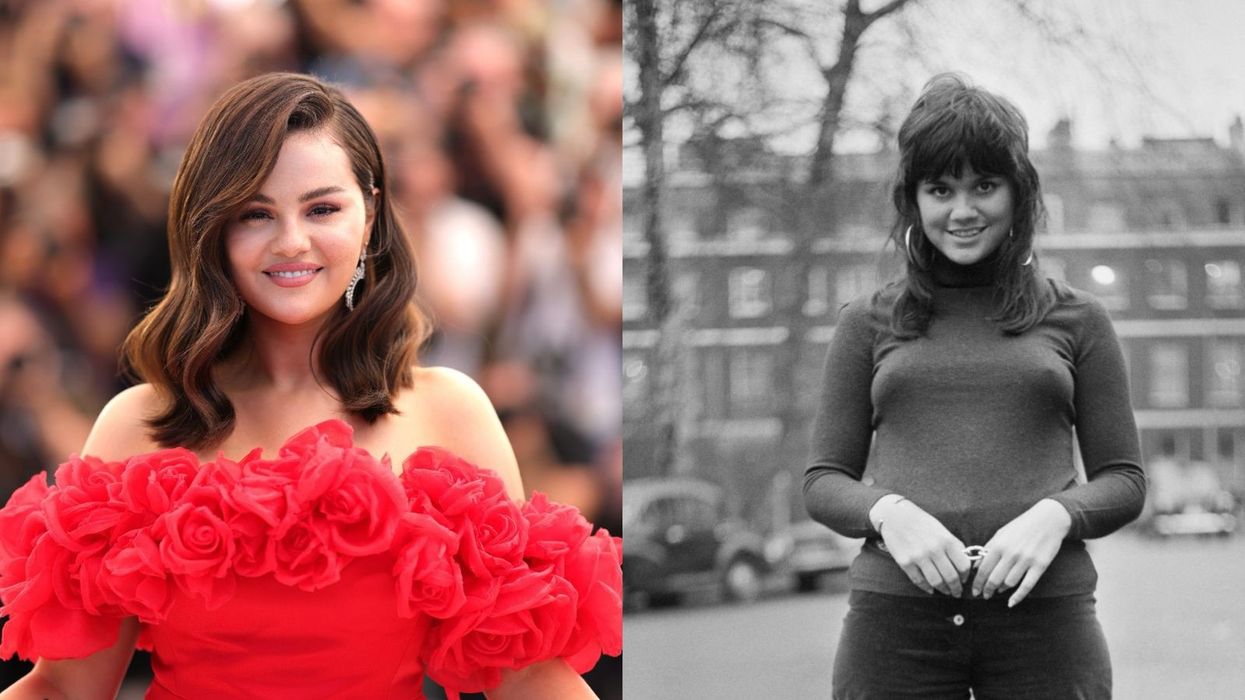
5. Jeremy Allen White trades aprons for Americana in Deliver Me from Nowhere
Fresh off an Emmy win for The Bear, Jeremy Allen White is turning up the emotional gain as Bruce Springsteen in Deliver Me from Nowhere. But don’t expect stadium lights and Born in the U.S.A. blare. This biopic zooms in on the making of Nebraska, Springsteen’s bleak, lo fi masterpiece.
Set in early ’80s New Jersey and directed by Scott Cooper, known for Crazy Heart, the film captures a moment of raw transformation from stripped down tapes and mental health battles to creative solitude. Based on Warren Zanes’ book of the same name, this film could be the slow burning, soul searching curveball in a line-up full of glitter.

The comeback ‘Chameleon’
You know what’s refreshing? These films aren’t trying to sanitise the stars they’re portraying. They’re messy, imperfect, and controversial, just like the people they’re about. They’re here to blow the dust off legends and make you feel like you’re right there, in the studio, in the fight, or in the front row.
So, whether you're a sceptic, a superfan, or just here for the vibes, these films are gunning for awards, headlines, and your group chats.
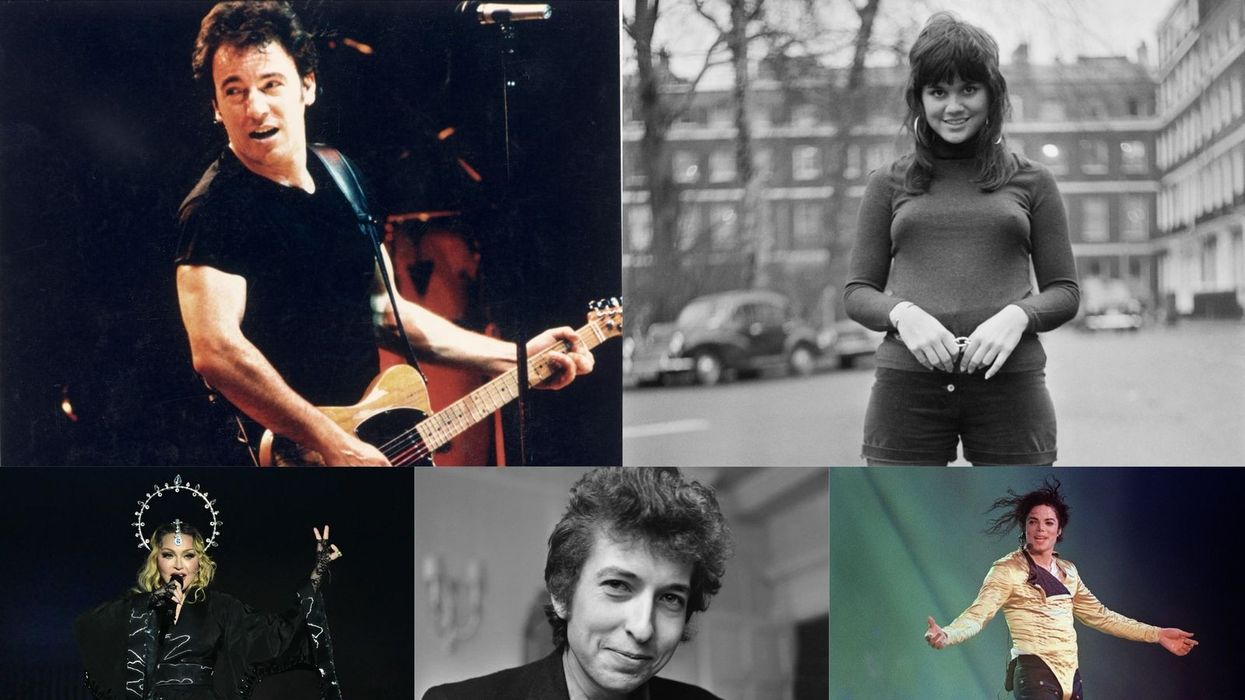

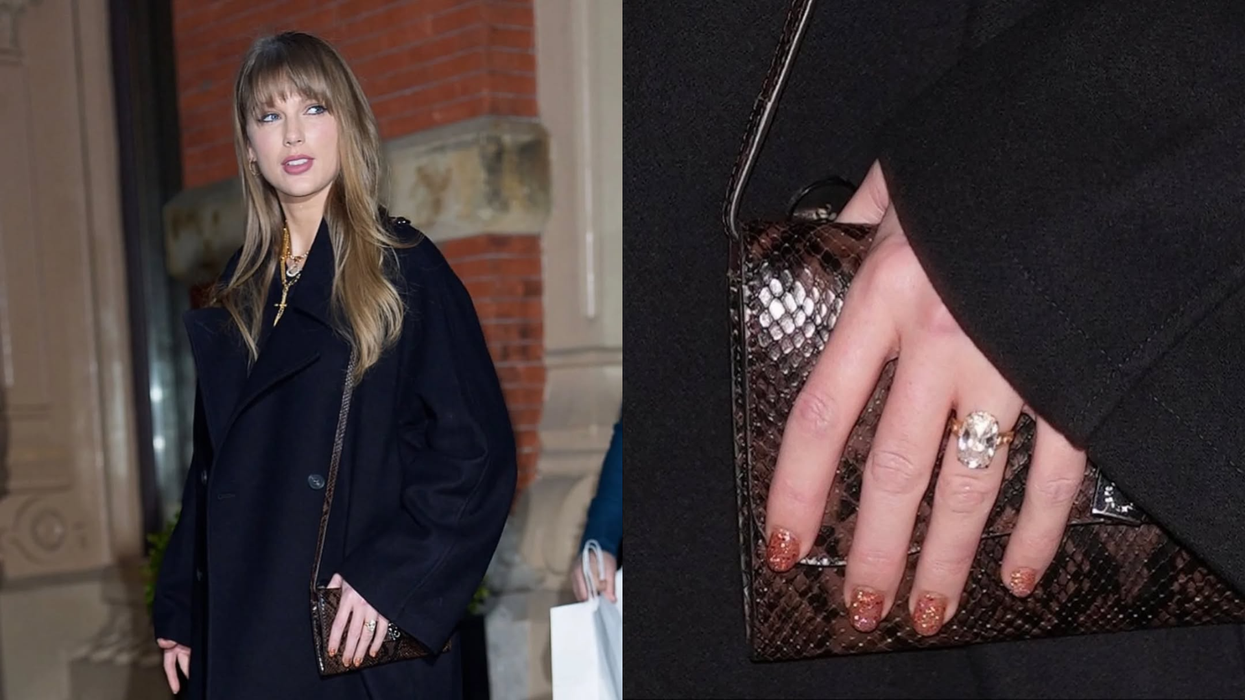
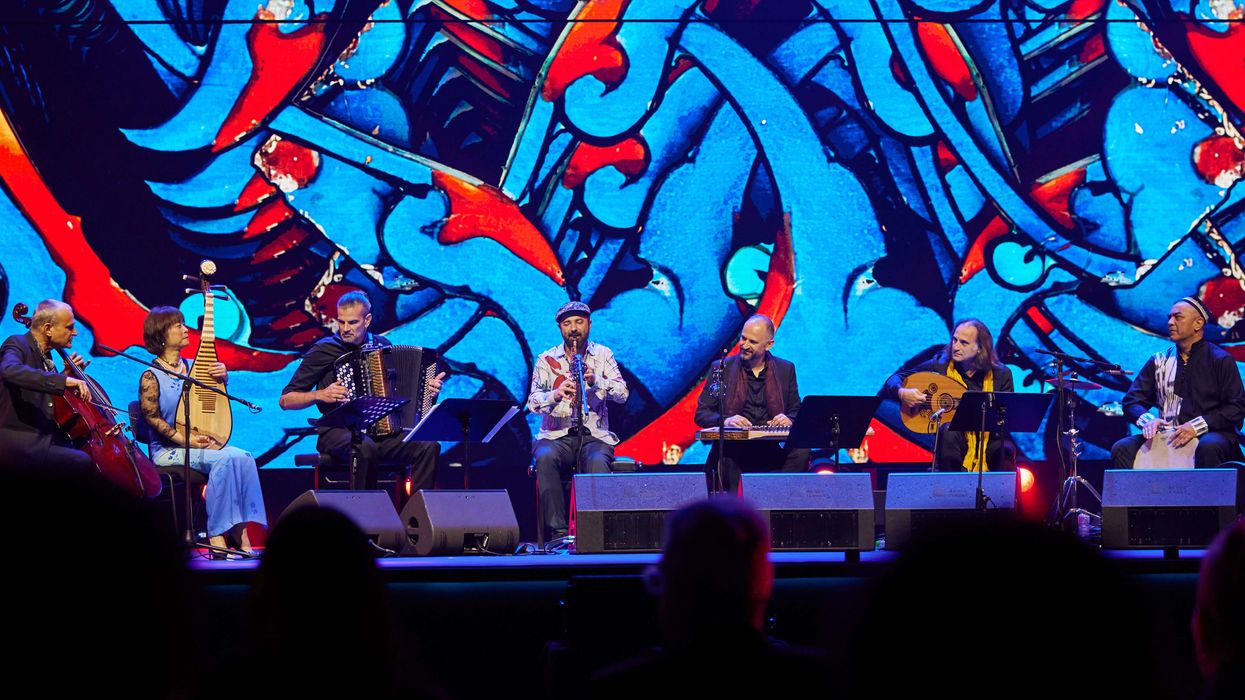
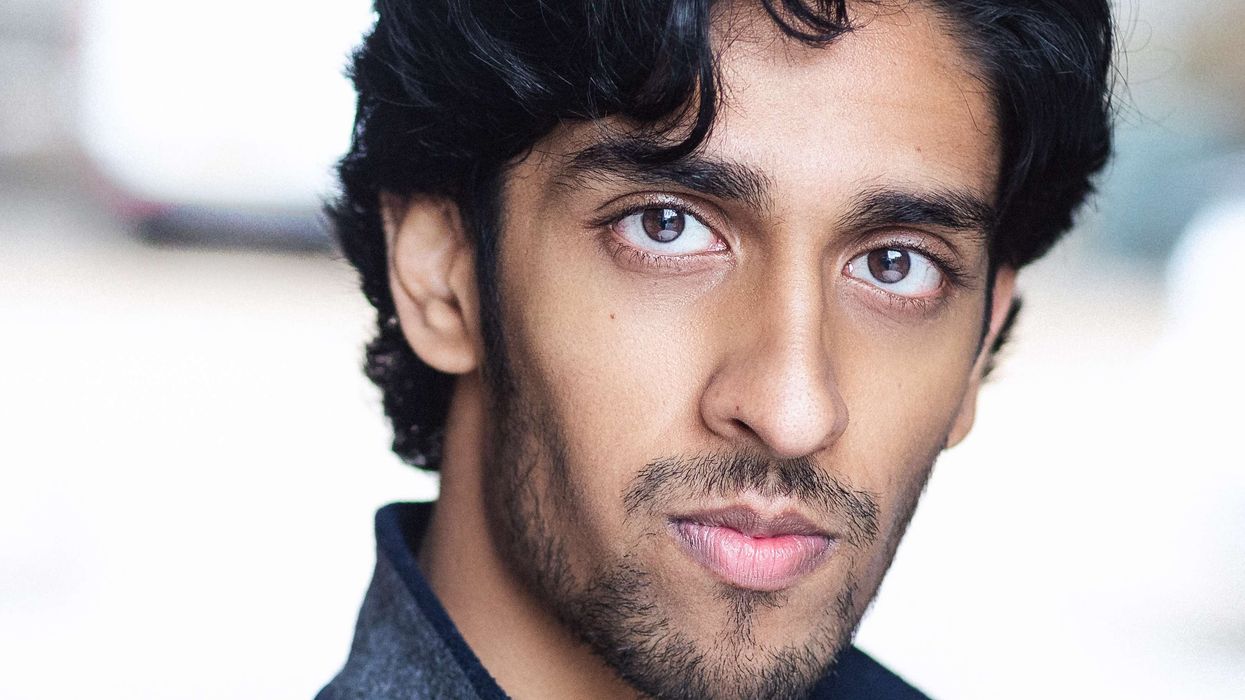


 Jennifer Lopez on stage at Jagmandir Island Palace commanding the crowd Instagram Screengrab/wizcraft.weddings
Jennifer Lopez on stage at Jagmandir Island Palace commanding the crowd Instagram Screengrab/wizcraft.weddings 






